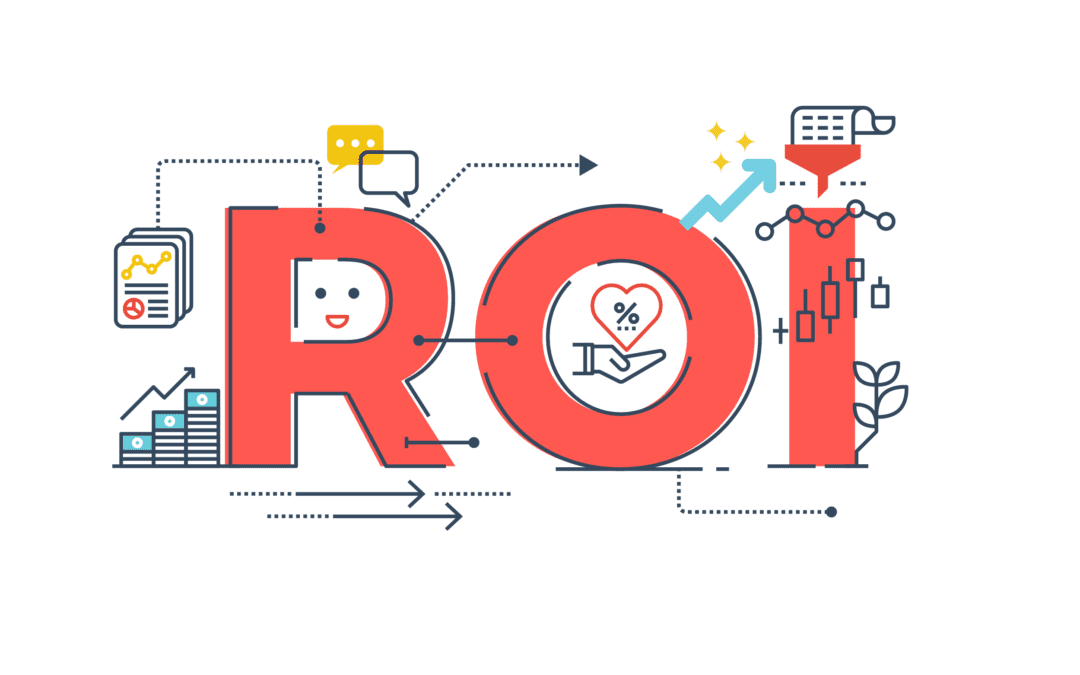Inclusivity and diversity are important factors to consider in marketing strategies. By embracing these concepts, companies can tap into a wider audience and build stronger connections with their customers.
Inclusive marketing involves the creation of content and campaigns that celebrate diversity and promote acceptance and equality. This can help companies attract and retain customers who value the same principles.
Additionally, diverse representation in marketing materials can help eliminate stereotypes and promote positive social change. According to research, about 59% of consumers are more trusting of brands that display diversity in their ads (Microsoft Advertising). And that number grows when it comes to younger generations and BIPOC populations. By prioritizing inclusivity and diversity in marketing strategies, companies can demonstrate their commitment to creating a more inclusive and equitable world.
As a small, woman-owned marketing agency, we recognize the importance of inclusive and diverse marketing. We not only implement these values within our own organization, but we also help our clients embrace these principles in their own marketing efforts.
Inclusivity and diversity in marketing strategies not only benefit the company but also the widespread community. To promote social inclusion and reduce discrimination, companies can incorporate individuals from diverse backgrounds into their marketing campaigns. This can have a positive impact on society and help to create a more accepting and tolerant culture.
To further promote inclusivity and diversity in marketing, we help our clients to:
- Understand the diverse needs and preferences of their customers.
- Promote employee spotlights that show our clients’ diverse teams.
- Avoid stereotypes in marketing materials.
- Use inclusive language and imagery that reflects a range of identities and experiences.
By implementing these strategies, companies can create marketing campaigns that represent and celebrate diversity and inclusivity, while also promoting positive social change.

1. Understand diverse needs
Understanding marketing needs requires a commitment to staying informed about diversity, equity, inclusion, and belonging. This can begin with research on diverse topics that are going on in the world. Hult Business School states, “Make a point of educating yourself—learn about different cultural traditions and approaches to work, and keep up to date with global events and international politics” (Hult.edu). Conducting market research can help you gain a deeper insight and appreciation for your audience.
To cultivate a better understanding of your audience’s preferences and needs, consider conducting surveys or feedback forms to collect information. From there, analyzing customer data to identify patterns and trends in their behavior can result in making more informed marketing decisions. Along with gaining valuable information, this can also create a new understanding of your customers’ purchasing habits. Penn State University states, “By learning about core consumer segments, the retailer could better focus attention on details that appeal to these consumers and design an appropriate product mix and promotional campaign” (PennState).
2. Employee Spotlights
Recognizing workers from all levels and departments of the company – not just those in top management roles – will help create rapport within an organization. By doing so, the organization can showcase a variety of experiences and perspectives. Consider featuring employees with unique backgrounds or highlighting skills that they bring to the company. For example, highlight an employee who speaks multiple languages or has experience working in different countries. Showing appreciation and celebrating differences within the organization can benefit both workers and the audience.
To approach this with respect, make educating yourself a priority. Be mindful of the language and tone used in the spotlights to ensure that they are respectful and inclusive. Consider using gender-neutral language and avoiding assumptions about someone’s identity or background.
Along with this, encourage employees to share their own stories and experiences, rather than just focusing on their job responsibilities. This can help to create a more personal connection with the audience and showcase the individuality of each employee.

3. Avoid stereotypes
Whether positive or negative, stereotypes are harmful. Momentous Institute states, “Here’s the reality about stereotypes: they contribute to a dysfunctional class system” (Momentous Institute).
When stereotypes are used in marketing materials, the risk of perpetuating harmful biases and prejudices becomes higher. It’s important to recognize that stereotypes can be harmful to both the individuals who are subjected to them and those who believe in them.
Along with perpetuating damaging narratives, stereotypes are often inaccurate. They are based on oversimplified generalizations and are rarely representative of the people they purport to describe. Using stereotypes in marketing materials can come across as uninformed or out of touch with the audience.
Lastly, stereotypes limit creativity and the desire to outwardly express it. Relying on stereotypes to create marketing content can hinder creative thought processes and make it difficult to connect with your audience. This can damage a brand’s reputation and alienate potential customers.
4. Inclusive language and imagery
Incorporating appropriate pronouns in all marketing content can have a positive impact on strategy. Using language that is sensitive and respectful of the unique abilities, cultures, religions, and backgrounds of all individuals is not only courteous but also reflects your organization’s inclusive and diverse values.
Including diverse imagery that represents people from different races, genders, ages, and abilities is important for society to see. Audiences are made up of all different types of people and they should be seeing individuals online that represent reality. The United States consists of a diverse and multicultural population. An article from Forbes reported that “only 26% of African-Americans, 10% of Hispanics and 3% of Asians feel represented in advertising.”
Finally, being mindful of the connotations of words that are used and avoiding the use of language that reinforces stereotypes or negative assumptions about certain groups of people can help demonstrate commitment to inclusivity and diversity in the workplace. Consider getting feedback from people with different backgrounds to ensure that language and imagery are inclusive and respectful.
If you are looking for a marketing agency that supports diversity, equity, inclusion, and belonging, talk with us. Together, we can work toward eliminating stereotypes and improving DEIB. Get in touch today and start imagining the possibilities. Contact JumpStartNOW CEO Veronika Monell at veronika@jumpstart-now.com.






